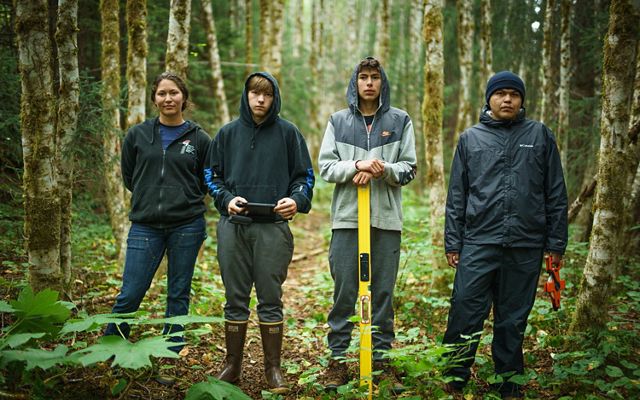An modern new group mission goals to assist Australians who’re locked out of rooftop photo voltaic be part of the clear power revolution, writes Chris Ryan.
Australia’s first large-scale photo voltaic backyard, to be constructed within the NSW Riverina area, is giving climate-conscious Australians the chance to fund infrastructure for a clear power future – and save on their power payments.
The Haystacks Photo voltaic Backyard mission is geared toward individuals unable to put money into residential rooftop photo voltaic. It was initially launched in 2020 with memberships for NSW residents, however has just lately expanded to residents from Victoria, ACT, South Australia, Tasmania and southeast Queensland.
Anybody eligible for an account with electrical energy retailer Vitality Locals can buy a “plot” within the Haystacks Photo voltaic Backyard. In return, “gardeners” will obtain an estimated $505 credit score on their electrical energy invoice annually for 10 years.
“We’re going to make photo voltaic accessible for as much as 30 per cent of Australians who’re locked out of rooftop photo voltaic,” says Kristy Walters, director of Neighborhood Energy Company and chair of Haystacks Photo voltaic Backyard Co-operative.
“It is a good answer for renters, residence dwellers and individuals who can’t put photo voltaic on their roof for no matter cause.”
In contrast to electing to pay a supplier for clear power, the mission permits members to take an energetic position in Australia’s drive to cut back carbon emissions.
“With this mission, individuals can truly say they’re serving to to construct extra renewable power,” explains Walters to EcoGeneration.
“Within the sector, it’s referred to as ‘additionality’. With the Haystack Photo voltaic Backyard, the 1.5MW photo voltaic farm wouldn’t occur with out photo voltaic gardeners buying plots to assist fund it.
“It’s an thrilling mission to be a part of, creating the primary of its sort in Australia. This mannequin is standard in Europe and the US, however it’s the primary time it’s been delivered to Australia at this scale.”
The Haystacks Photo voltaic Backyard is within the technique of signing up 333 photo voltaic gardeners for every of the mission’s plots, who will all be members of the Haystacks co-op. As soon as their one-off funds of $4200 have been collected, building of the photo voltaic farm within the Riverina will start.

The mission will construct a 1.5MW photo voltaic array in a five-hectare paddock at a farming property in Grong Grong, 68km northwest of Wagga Wagga.
“We count on to begin building in the summertime [of 2022-2023] and have the photo voltaic farm producing electrical energy by mid-next 12 months,” says Walters. “As quickly because it’s producing electrical energy, the photo voltaic gardeners will begin seeing returns on their electrical energy payments.”
Haystacks Photo voltaic Backyard is being constructed by Neighborhood Energy Company, Pingala Co-op and Komo Vitality – with assist from different organisations – and is funded by the NSW Authorities’s Regional Neighborhood Vitality Fund.
Walters says authorities assist has been essential for the mission, significantly within the growth section.
“On this sector, as soon as a mission is prepared for funding, there’s no scarcity of group buyers,” she says. “However attending to that time is usually fairly arduous, particularly for small volunteer-led group organisations.”
Walters says now is a vital time for Australians to extend power independence and resilience.
“Everyone is aware of we have to transition to renewables – we’ve got this wonderful alternative,” she says.
“We may go from massive, centralised, usually foreign-owned coalfired energy stations to essentially massive photo voltaic farms doubtlessly owned by abroad buyers. Or we may put money into decentralised, small-scale community-owned electrical energy era like we’re doing with the Haystacks Photo voltaic Backyard.”
All indicators point out the Federal Authorities is onboard, too. Its “Powering Australia” plan features a dedication to co-invest $100 million in 85 community-owned “photo voltaic banks”. Labor says the initiative may enable greater than 25,000 households to share in the advantages of solar energy.
“There’s a possibility for individuals to say, ‘I’m paying cash for my electrical energy anyway, how about if I paid that right into a community-owned entity, or my group will get collectively and we begin our personal photo voltaic farm or wind farm?’” says Walters.
“Communities across the nation are focused on how they will acquire management of their power future.”


